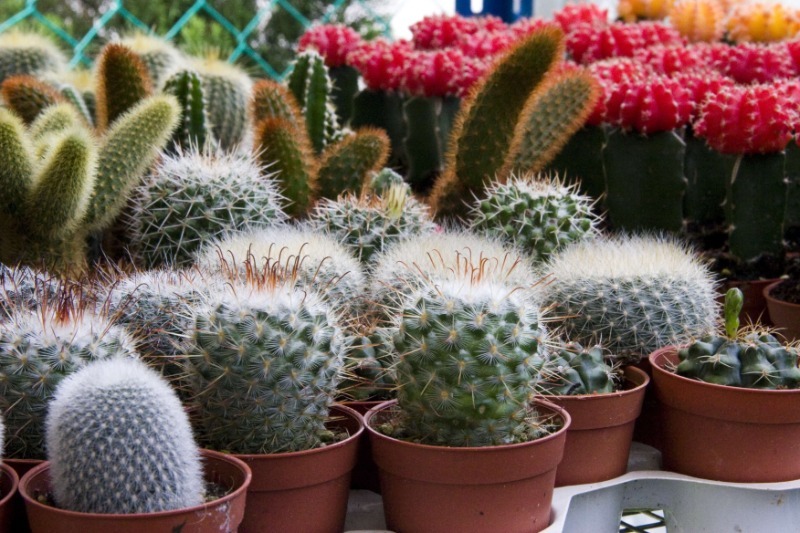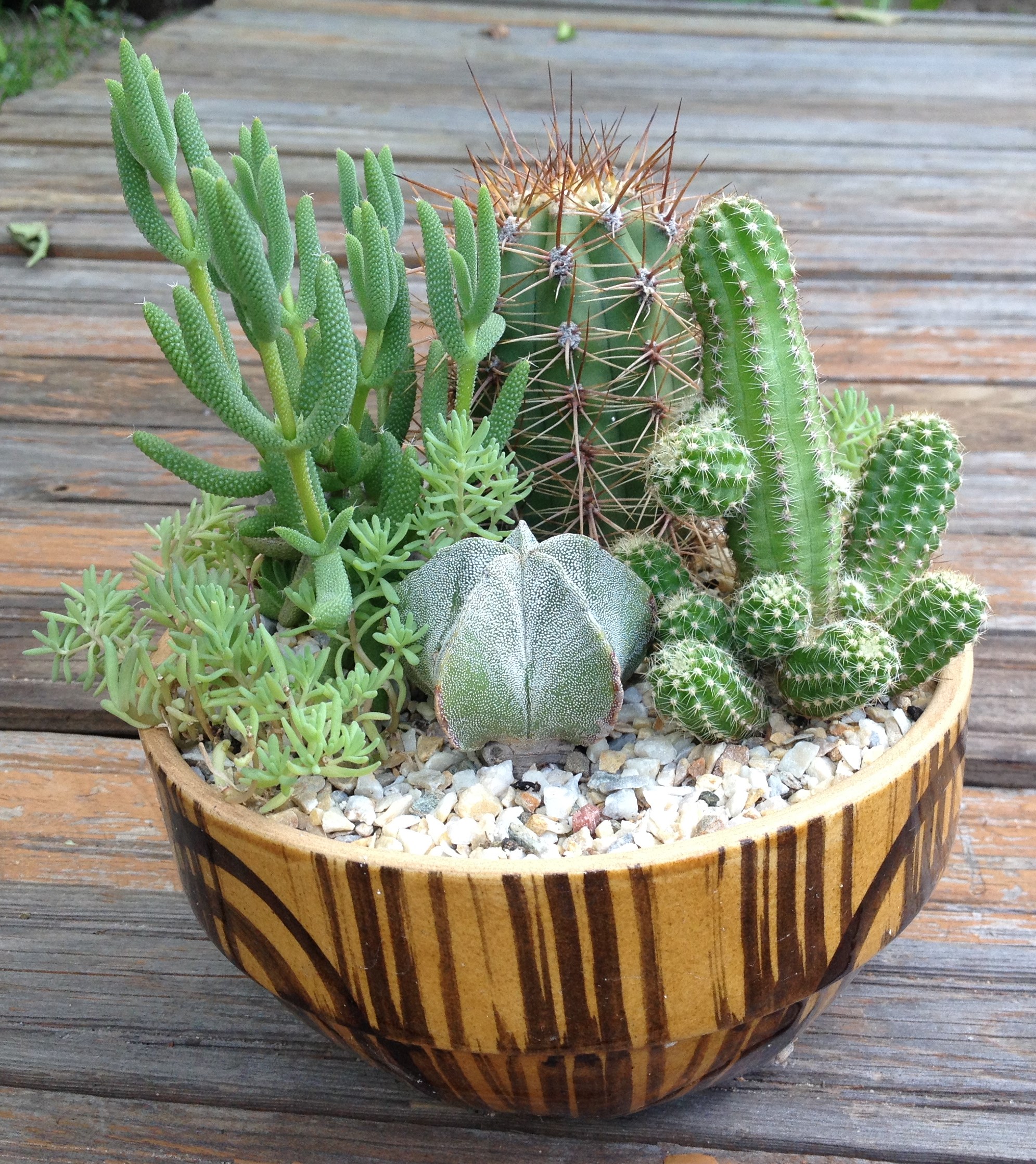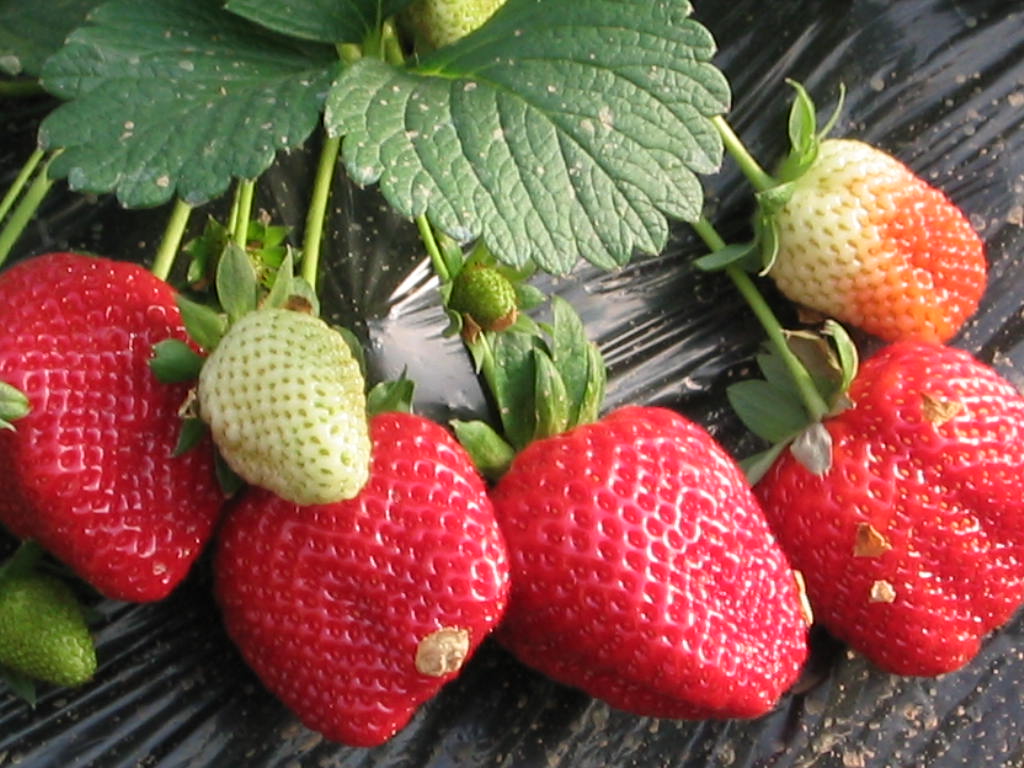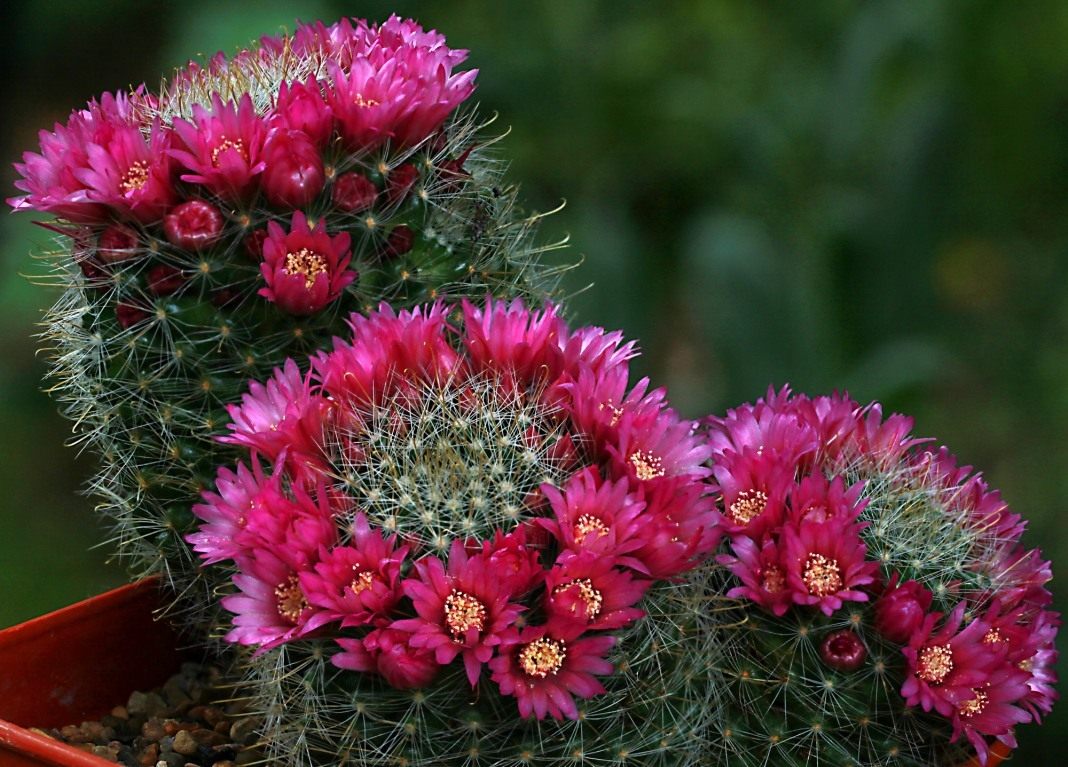For any, even the most unpretentious indoor plants, good care and timely feeding are important, and cacti are no exception. On time applied and correctly selected fertilizers, they respond with good growth and delightful flowering. In this article, we will detail what nutrients are needed for cacti, and to what extent.

What substances are needed for cacti
Potassium
It is necessary for the growth and formation of a dense plant shell, for the formation of new shoots and bright flowering. If the soil is low in potassium, then the cactus will turn pale, will not bloom and will not give growth.
Calcium
This is the key to good development of the spines, bristles and hairs of your cactus. If they look healthy, they are not deformed, then the plant is doing great. With a lack of calcium, the thorns become thin and brittle.
Nitrogen
Essential for all plants to grow. But you need to be careful with cacti, because when overfeeding, the plant quickly stretches upward, becomes loose and watery, and loses its elasticity. The skin does not have time to grow and bursts, scars appear, as a result, the plant will have an unsightly appearance or even die.
Phosphorus
Stimulates root growth, improves reproductive functions of the plant: buds, flowers, fruits and seeds.
How to apply and what to use
When choosing a suitable top dressing, you should give preference to complex fertilizers with a balanced composition. It is better to feed cacti with special liquid fertilizers, which are sold in any flower department. Such products are safe and have a mild effect on the plant: they stimulate their growth, strengthen immunity and protect against diseases.
In stores you can find many good mixtures, the composition of which is specially designed for cacti. These popular fertilizers are available in liquid form and contain all the necessary organic substances and nutrients that will provide your cactus with good development, flowering and strong immunity. Experienced growers also successfully use a mixture for bait developed by chemist R.M. Kadatsky. It includes:
- monosubstituted potassium phosphate - 100 g;
- magnesium sulfate - 5 g;
- disubstituted ammonium phosphate - 15 g;
- ammonium sulfate - 40 g;
- potassium nitrate - 20 g;
- calcium nitrate - 20 g.
Mix 1 gram of this mixture with a liter of water and water the cacti once a week.
Frequency and features of fertilization
Slow-growing cacuts are fertilized once a month, and fast-growing ones every two weeks from March to September. Try to feed only in the evening. During the dormant period (from October to March), cacti are not fed.
In hot weather, in cold and cloudy weather, it is extremely undesirable to make additional fertilizing - the metabolism of the plant slows down during this period. It is important to remember that flowering does not always coincide with the growth period, so if your cactus blooms in autumn or winter, you do not need to feed it, just slightly increase watering.
When preparing and using ready-made fertilizers, strictly follow the instructions for their use. Remember that cacti do not tolerate foliar dressing (spraying). Fertilizers can only be applied by watering the soil.
Before fertilizing the cacti, the soil in the actin pot is moistened with clean water - this will help the plant avoid root burns if the fertilizer concentration is exceeded. You cannot feed the cactus immediately after buying or transplanting, you must wait a month. Additional nutrition can only harm a sick flower. First, the plant must be cured and given time to recover, and only then can it be fertilized. But if the root system of your cactus is damaged, then any fertilizers are pointless - he simply cannot assimilate them.
Thus, if you feed them in a timely manner and in reasonable quantities, these amazing plants will surely delight you not only with sharp thorns, but also with stunningly beautiful flowers.


